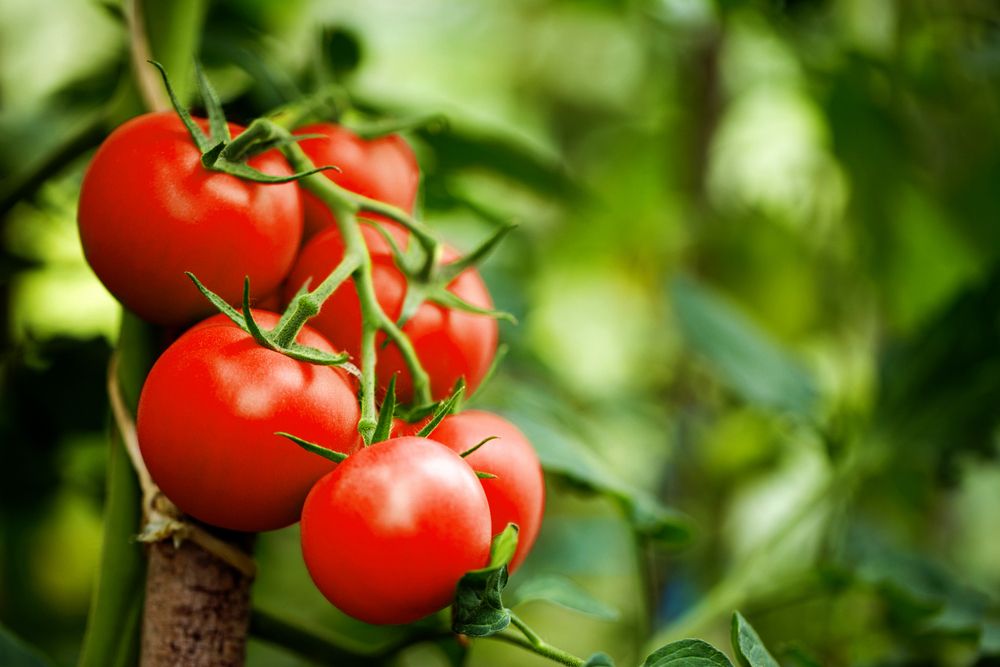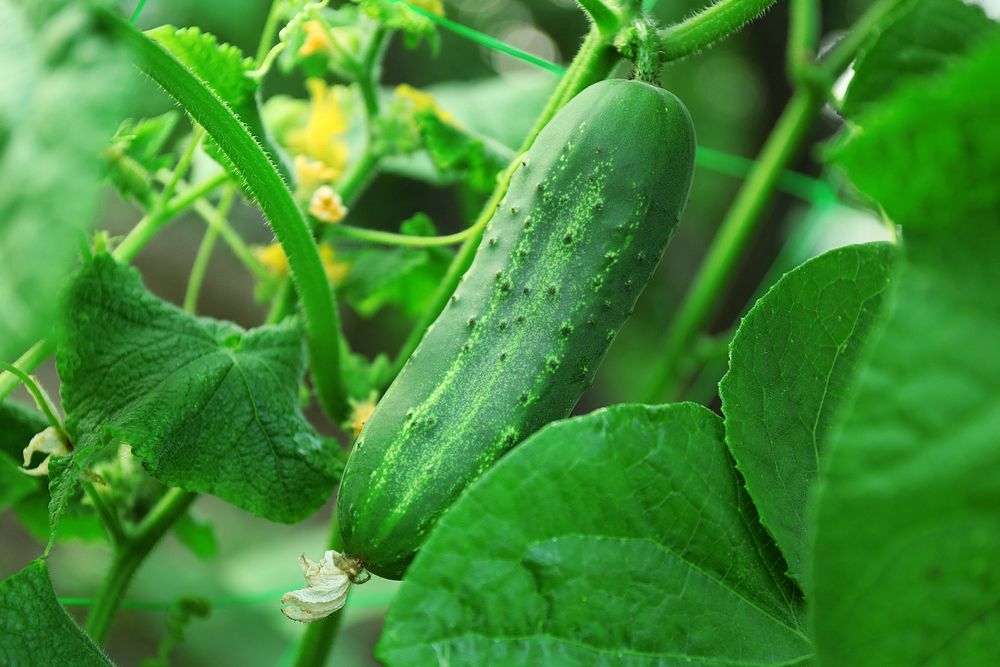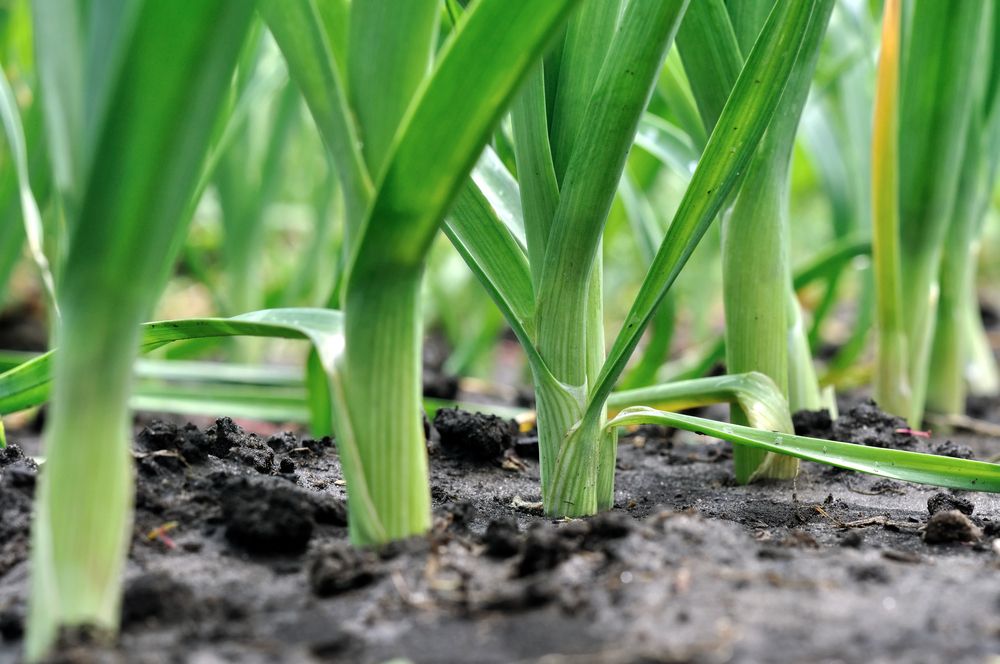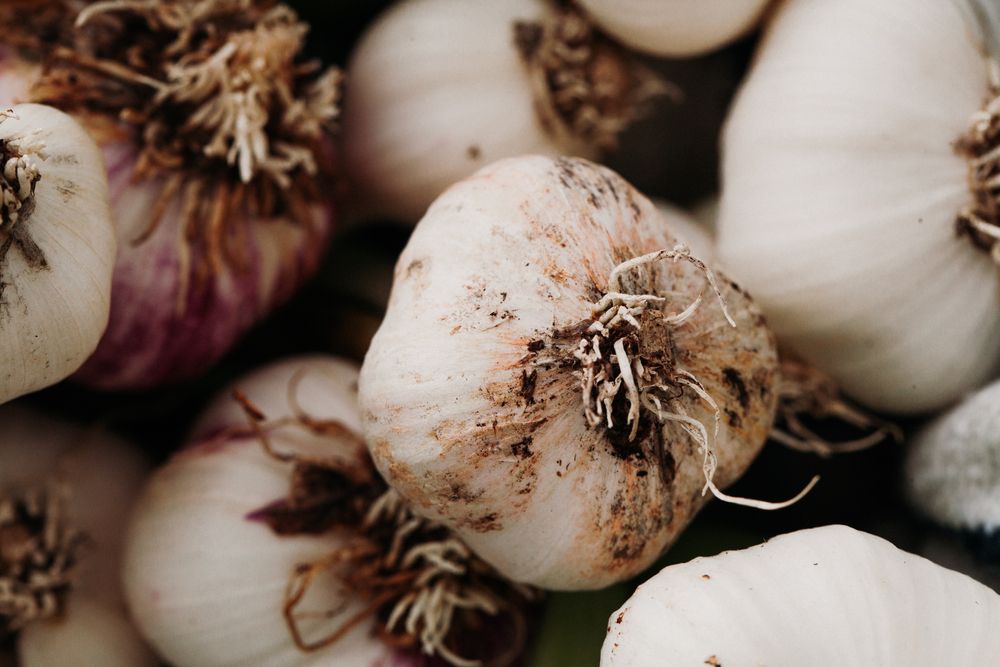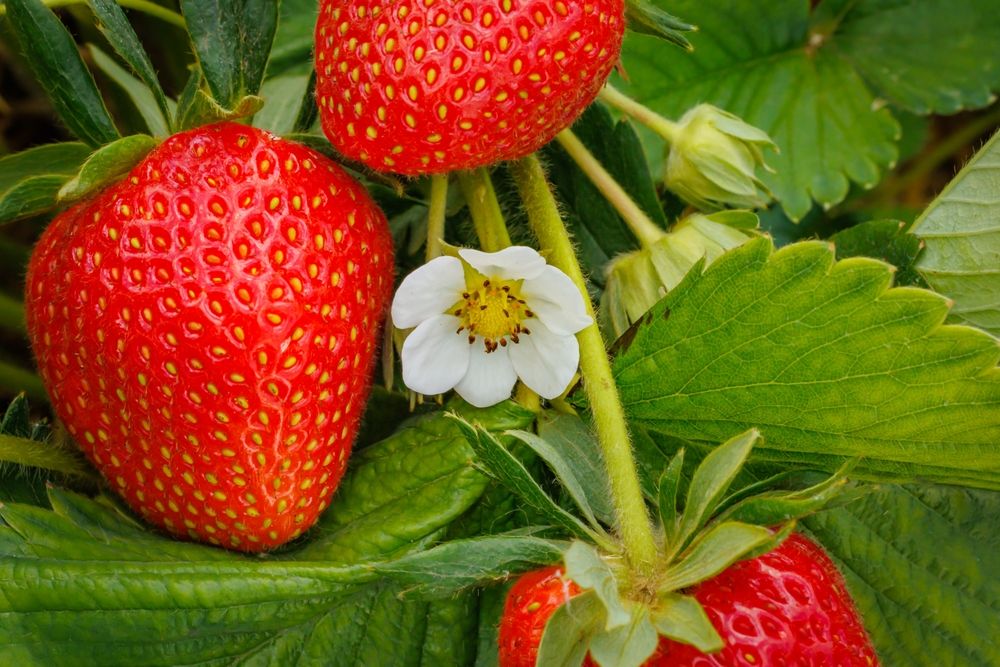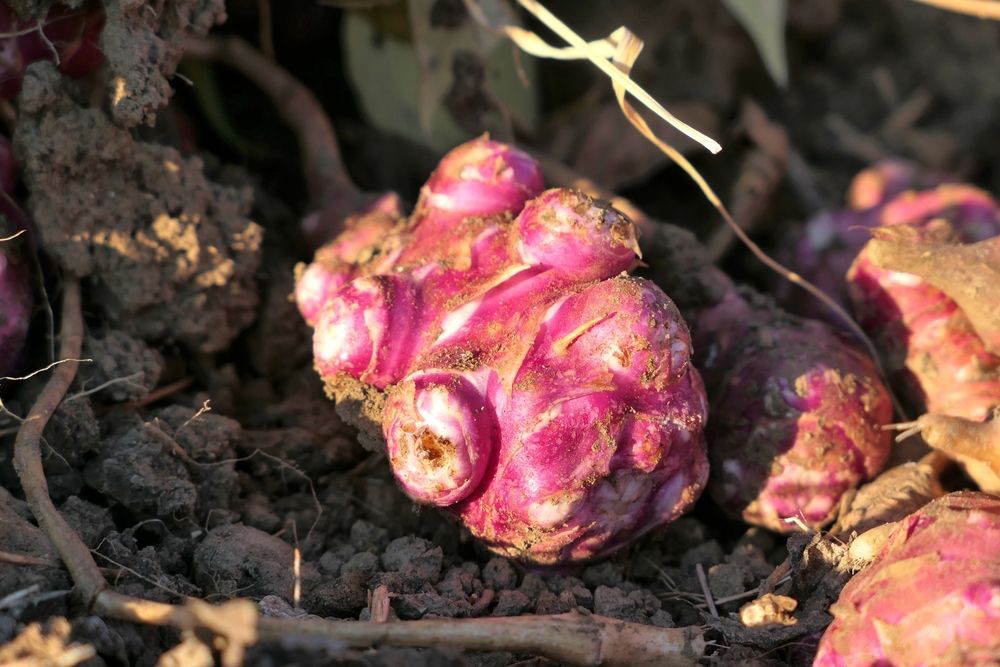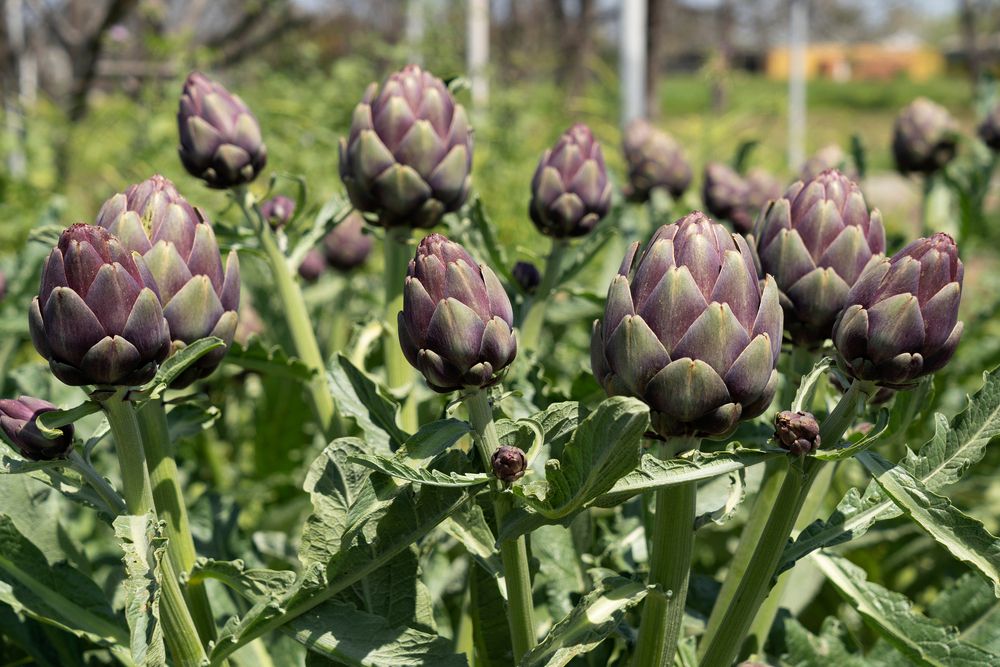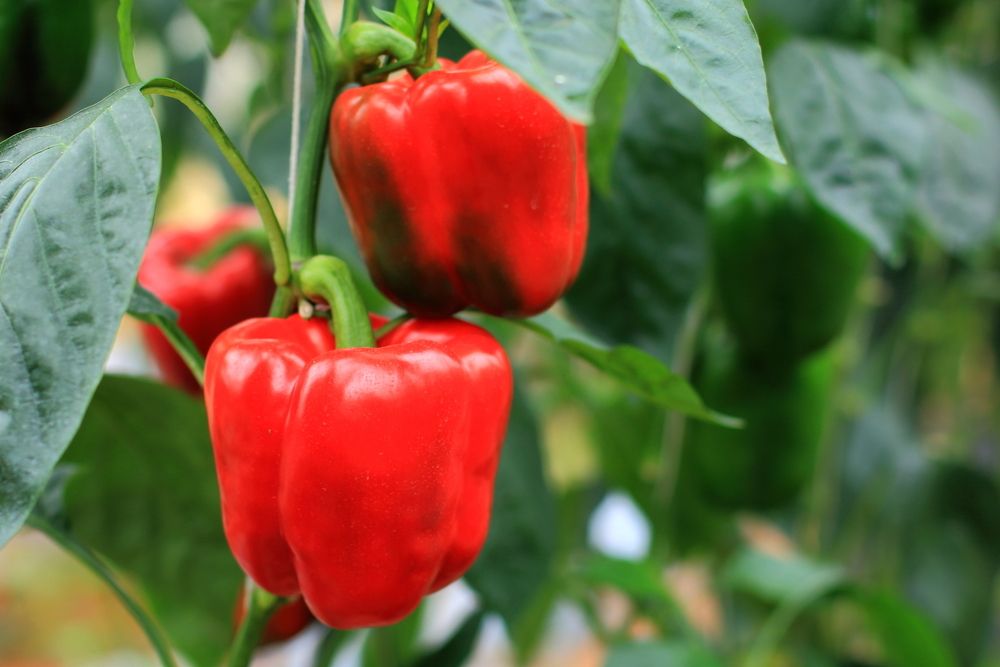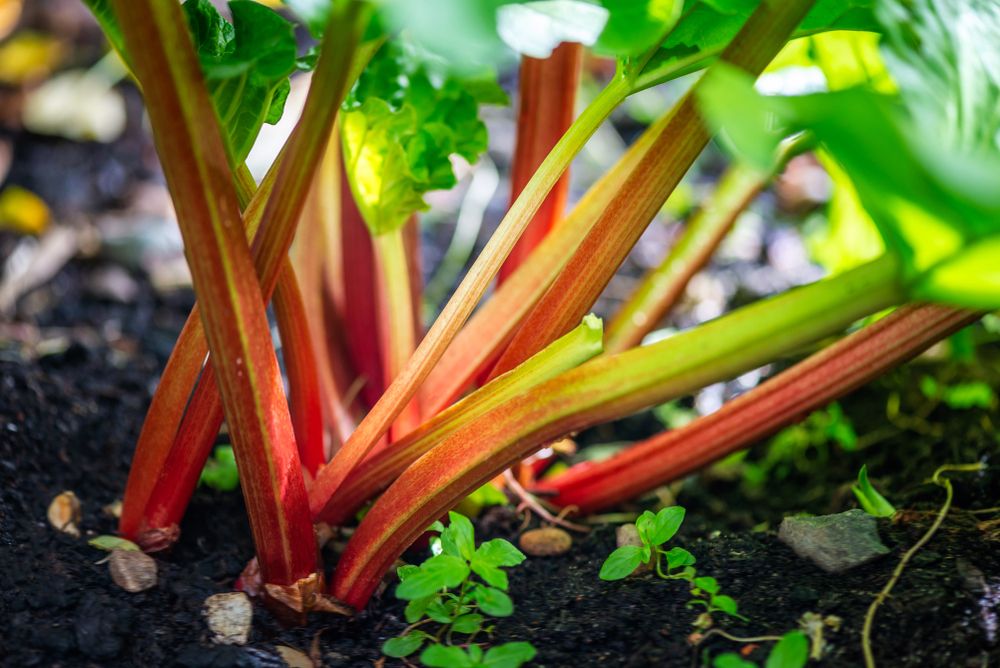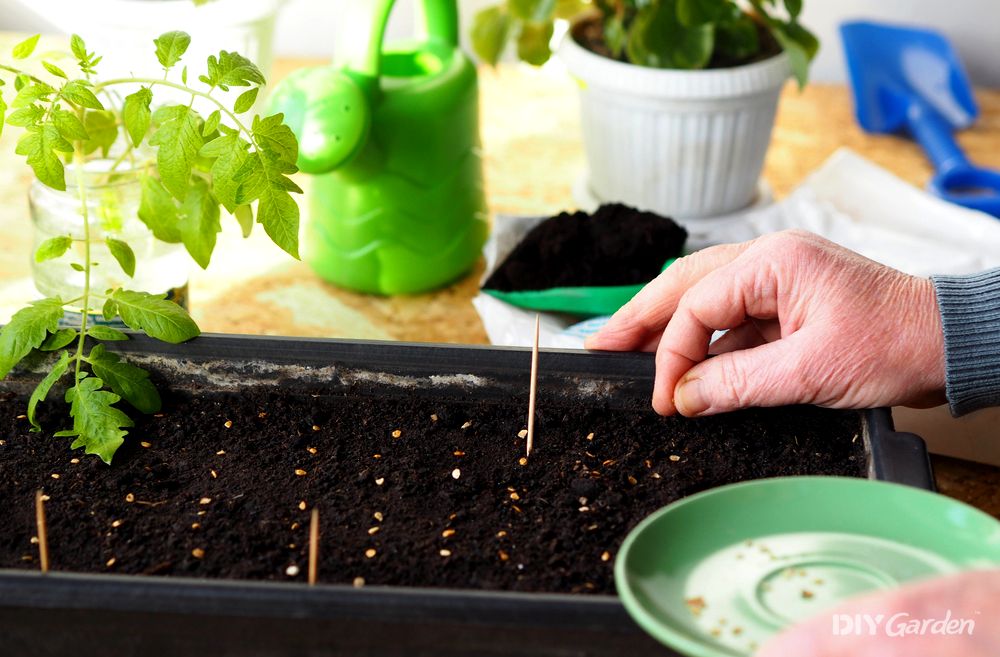
What to Plant in February
While February is still very much a winter month, it also happens to be one of the last ones before spring makes an appearance. If you’re hoping that your garden or allotment provides a big bounty of produce this year, then February is when things start to get busy.
Not sure what to sow and grow this month? Here are 10 fruit & vegetables to plant in February:
1. Tomatoes
No other crop quite compares to the sugary sweet tanginess of a freshly picked, vine-ripened tomato, making this fruit a favourite among home gardeners. Even better, tomatoes are relatively easy to grow. While they do require quite a long growing season, you can give them exactly that if you sow your tomato seeds in February.
For the best germination rates, use a lightweight potting compost, sowing your seeds about 0.5cm deep. Place your containers somewhere warm – between 20-28°C would be ideal. While tomato seeds will still germinate in cooler temperatures, the germination process could take several weeks.
On the other hand, give them the warmth and moisture that they need and your tomato seeds should start to sprout in 1-2 weeks. As your seedlings grow, keep potting them up until temperatures outside have warmed up and you’re able to move your plants to their final location.
2. Cucumbers
Not only are cucumber plants incredibly productive, but they’re also very versatile. They can be trained to either trail along the ground or climb up a frame, making cucumbers convenient to grow even if you’re short on space in your garden.
February is a great time to start sowing your cucumber seeds. Use module trays or pots instead of flat trays – this will give each fast-growing seedling some extra room, which will save you from having to pot them up quite as often. Fill your pots with multi-purpose compost and place your seeds in, around 1-2cm deep, so that they’re sitting on their side.
The minimum temperature for cucumber germination is 16°C, but you’ll have the most success if you use a heated propagator to give your seeds a balmy 20-30°C. The more warmth you give your seeds, the faster they’ll germinate, with this usually happening anywhere between 3-10 days after sowing.
3. Leeks
Leeks should be started about 10 weeks before your last frost date. For some, this will be February, while for others it’ll be March. Either way, it’s always a good idea to sow leeks successionally to ensure a consistent harvest, making mid- to late February ideal for your first sowing.
While leeks can be sown direct outdoors, February is usually a bit early to do this. Instead, February sowings are best done in modules. Since leeks prefer a lightweight growing medium, fill your containers with a mix of sand and compost. Sow at least two seeds per module, around 0.5cm deep.
Leek seeds don’t need much heat to germinate, but they do germinate more successfully in warmer temperatures. Give your seeds 21°C and they should sprout in a couple of weeks. Once your seedlings are a week old, thin them out to leave one per module and then plant them out once they’re about 15cm tall.
4. Garlic
The best time to plant garlic is in the autumn. However, if you never got around to doing so, then February is your last chance to get some cloves in the ground if you’re hoping for a harvest this year.
Garlic should always be direct planted. So, prepare a bed for your garlic, containing well-draining compost, before getting started. Then, simply break a bulb apart and place each clove in the ground, with the flat end facing downward. Plant them so that the tip of each clove is 1-2cm below the surface of the soil, spacing each one 10-15cm apart.
After this, there’s not much more to be done. So long as you keep your garlic bed well-watered and weed-free, you’ll be harvesting fresh bulbs in the summer!
5. Strawberries
Some people grow strawberries from seed, while others prefer to grow them from bare-rooted plants or runners. Either way, February is a great month to get going with both.
Planting bare-rooted plants or runners is definitely the easiest way to grow strawberries. Dig a hole large enough to accommodate the root ball and then sit your strawberry plant inside, spacing each plant about 45cm apart. You can expect a small harvest this summer, and an even bigger one next year.
If you’d like to try growing strawberries from seed, your seeds will need to be cold-stratified first. Then, scatter them over a tray of multi-purpose compost and gently rub them in without fully burying them, since they need light to germinate. This could take anywhere between 1-6 weeks, so be patient!
6. Jerusalem Artichokes
A member of the sunflower family, rather than a true artichoke, Jerusalem artichokes may not be as common as some of the other vegetables on this list, but their sweet nutty flavour is always welcomed by gardeners in the winter months. So long as your ground isn’t frozen, then February is a good time of year to add this crop to your garden.
Growing Jerusalem artichokes is, in a way, similar to growing potatoes. Rather than sowing seeds, you plant tubers. You can even break a single tuber up into a few different pieces to give you more to plant – each one will turn into an individual Jerusalem artichoke plant. Simply bury each tuber about 10-15cm deep, spacing them around 30cm apart.
After this, care is minimal. Ensure that your plants are well-watered and clear of weeds and you should be harvesting your first crop in early autumn. Leave a few tubers in the ground to sprout again in the spring and the crop will quickly establish itself as a perennial.
7. Globe Artichokes
Unlike Jerusalem artichokes, globe artichokes are true artichokes that are grown from seeds rather than tubers. While seeds can be sown directly outside in the spring, early undercover sowings can be started toward the end of February.
Each globe artichoke plant produces 6-10 artichokes, or more if you cut it back for a second crop later in the summer, so you likely won’t need that many plants. As a result, start your seeds off individually in small pots, instead of trays, sowing them about 1cm deep. Give them a minimum temperature of 20°C and you should start to see seedlings appearing in a couple of weeks.
Keep nurturing your seedlings indoors until temperatures have warmed up enough to harden them off. Once planted in your garden, this perennial crop will reward you with bigger and better harvests as the years progress.
8. Peppers
Although some of the hottest chilli pepper varieties are best sown in January due to their need for an extra-long growing season, all other varieties, including sweet peppers, should be started in February.
Use small pots or modules to do this, filling them with a lightweight seed compost. Then, sow your seeds about 0.5cm deep. In order to germinate, pepper seeds need plenty of consistent heat – 26-30°C would be ideal. Give them this optimum temperature range, along with enough water to keep them moist, and your seeds should sprout in 1-3 weeks, depending on their variety.
Once you see green shoots appearing, move your containers somewhere sunny and continue to grow your seedlings on indoors until outdoor temperatures have heated up. You’ll likely need to pot them up during this time so that you have large and vigorous root balls when it comes to transplanting your peppers to their final location.
9. Rhubarb
If you want to grow rhubarb in your garden, you have two options; plant a crown or start your plants from seed. Either way, both require your attention in February. Get your crowns in the ground now and you may still enjoy a harvest later in the spring. Alternatively, start your seeds off now so that you have enough time to plant your seedlings before the last frost, since rhubarb needs cold temperatures in order to flourish.
If you decide to start with a crown, simply bury this in the ground so that the top of the crown is 1-3cm below the surface of the soil. The drier your ground, the deeper you should plant it. Space crowns around 90cm apart – rhubarb needs plenty of room once it starts to grow.
Sowing rhubarb from seed is a little more complicated. For best germination rates, seeds should be pre-soaked before being planted 2-3cm deep into small pots of good compost. Place them somewhere where they can enjoy a temperature of 21°C and your seedlings should appear in 1-2 weeks.
10. Bare Root Fruit Trees
Now that it’s February, bare root season is drawing to a close. Trees will soon start leafing up for the year, so if you were hoping to take advantage of how bare root trees cost significantly less than their potted versions, now is the time to do so.
Whether you’re planting apple trees, cherry trees, nut trees, or all of that and more, give the roots of your trees a good soak before you get planting. Dig a hole that’s large enough to accommodate your tree’s root ball, and then sit your tree into this. You should be able to see the old soil line at the base of your tree’s trunk – position your tree so that this line is level with the surface of the ground, and then backfill the hole.
As soon as you’re done planting, give your trees plenty of water. You’ll need to do this every couple of days for the next few months, until your trees have established. If you live in a windy location and your trees are quite tall and spindly, then staking them after planting would be a good idea too.
Summary
It may still feel like winter but spring, along with all of the growth that it brings, is just around the corner. Whether you want to add some hardy perennial vegetable crops to your garden or are itching to start sowing tender annuals for your greenhouse beds, February is the perfect time to get started with the 10 fruits and vegetables featured above.
